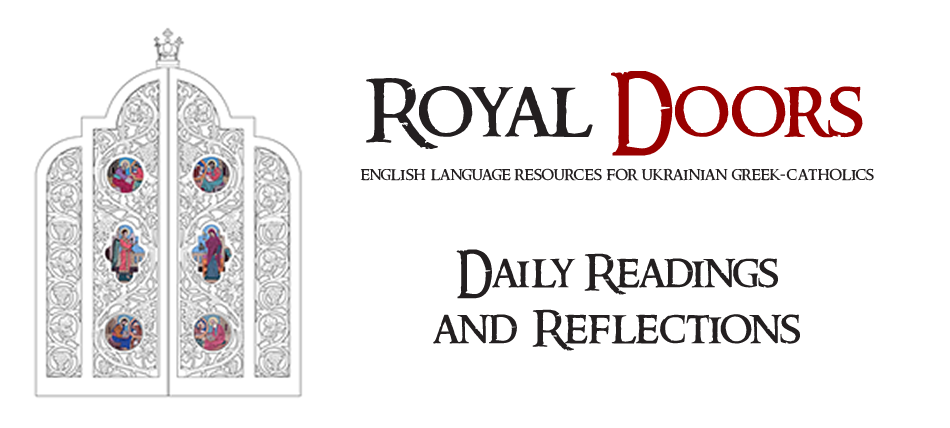by Brent Kostyniuk Both Lungs is about East and West, the belief and spiritual heritage we share as Catholics, and the elements of our respective traditions which are different. It is about unity in diversity. Now during Lent, or the Great Fast as it known in the East, an opportunity has come to encounter a […]
Search Results for: lent fast
Preparation for Confession by St. John Kronstadt
I, a sinful soul, confess to our Lord God and Saviour Jesus Christ, all of my evil acts which I have done, said or thought from baptism even unto this present day. I have not kept the vows of my baptism, but have made myself unwanted before the face of God. I have sinned before […]
The New Martyrs of the Ukrainian Greco-Catholic Church
Holiness in Life Pope John Paul II’s solemn proclamation of the new martyrs and faithful servants of God of the Ukrainian Greek-Catholic Church as blessed is another divine manifestation to our people. During more than 1,000 years of salvation history on our land, Ukrainian Christians have rejoiced in various signs of God’s presence. The Word […]
Concerning the Purely Vocal Nature of Authentic Liturgical Chant
Rev. John Sembrat, O.S.B.M. July 1995 One specific factor that is especially detrimental to the beauty and mystical character of our church music is the introduction of musical instruments in church services where they exert an uncontrollable secularizing influence, distracting the mind and heart of the faithful by diverting their attention from prayerful contemplation to […]
What is the Liturgical Year?
In a pastoral letter issued at the close of the Second Vatican Council (1965), our Bishops, together with Cardinal Joseph Slipyj, defined the Liturgical Year as: “A liturgical cycle of the universal or some particular Church, that consists of Sundays, weekdays, the feasts of our Lord, the Mother of God, the saints and the periods of fasting and forbidden times.”
We call the Liturgical Year the Ecclesiastical or Church Year, because it contains the Church Calendar, which in some respects is similar to and in others differs from the civil calendar. In the Eastern Church the Church Year differs from the civil calendar in that it does not begin the New Year with the first of January as does the civil year, but begins it with the first day of September, which is called the Beginning of the Indiction. This means that the whole cycle of our Church Year begins with the first of September and ends with the thirty first of the following August.
It Smells Like Love – A Short Story
The five bells began to ring. Their sweet notes grew in size as they floated over the snow-covered neighbourhood. A squirrel, more interested in gathering food than hibernating, stopped in its tracks to listen. The voice of the bells seemed to call for the neighbourhood to awaken from its mid-winter slumber.
Being “One in Us”
In monastic or religious circles it is common for spiritual leaders to leave their followers a “spiritual testament,” an outline of the teachings and instructions which they want uppermost in their disciples’ minds. Christ’s prayer in John 17 is a kind of spiritual testament. In it the Lord expresses His holy will for Himself, for His apostles, for the Church and for all mankind on the eve of His crucifixion.
The Life of St Mary of Egypt – A Story of Repentance
The Life of St Mary of Egypt (A Story of Repentance)By St Sophronios “It is good to hide the secret of a king, but it is glorious to reveal and preach the works of God” (Tobit 12.7) So said the Archangel Raphael to Tobit when he performed the wonderful healing of his blindness. Actually, not […]
Veneration of the Holy Cross
The Third Sunday in the Great Fast is the twenty-first day of the forty-day fast. We are half way to our Holy Week observance of the Lord’s passion and resurrection. At this mid-point the Church directs our attention to the holy cross and to Christ’s injunction, “Whoever desires to come after Me, let him deny himself, […]
Food for the Gods
Source: Eparchy of Newton SAY GOOD-BYE TO MEAT. In the fasting practice common to all Byzantine Churches Meatfare Sunday is the last day on which meat would be eaten until Pascha. This is the first step towards the fuller discipline of the Great Fast when dairy products would not be eaten as well. This is […]








